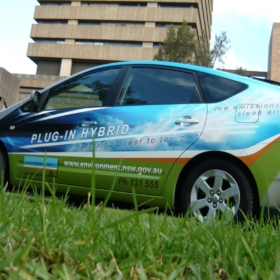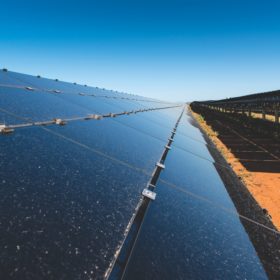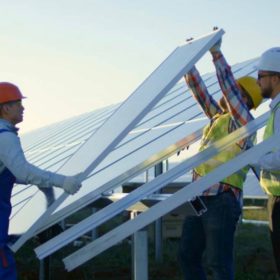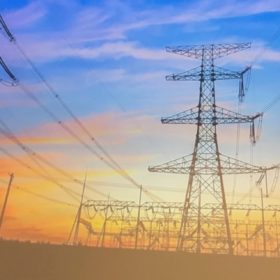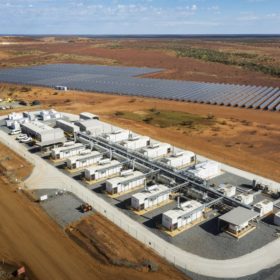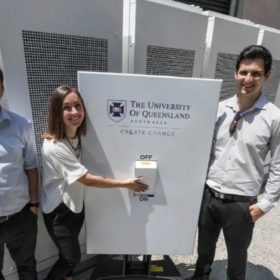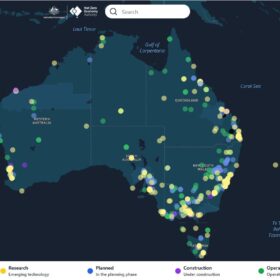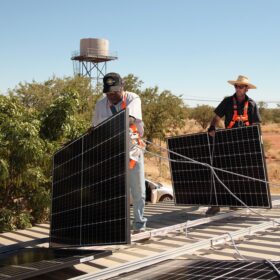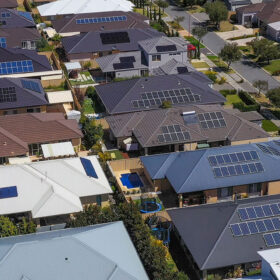IEEFA Australia: Investing in CCS and relying on voluntary action on emissions is revisiting the olden days
The government’s Climate Solutions Fund offers little hope for financial-industry backers of a Paris aligned economic recovery writes Tim Buckley, Director of Energy Finance Studies with IEEFA Australasia
The future of cars is electric – but how soon is this future?
According to a new report by Bloomberg New Energy Finance, 58% of global passenger vehicle sales in 2040 will come from electric vehicles, yet they will make up less than 33% of all cars on the road.
New method for life cycle assessment of PV technologies
Researchers from Charles Darwin University have conducted a ‘cradle to grave’ life cycle assessment (LCA) of the four most widely used PV technologies. The academics say that cadmium telluride solar modules have the lowest life cycle impact, followed by amorphous, multi and monocrystalline silicon products.
Myanmar launches 1 GW solar tender
The country’s Ministry of Electricity and Energy is seeking proposals for 30 large-scale solar plants. The selected developers will be awarded 20-year power purchase agreements.
Greens’ economic recovery plan to invest in renewables
The Greens released their plan for Australia’s economic recovery from the Covid-19 crisis this week. The plan looks to invest heavily in renewable infrastructure, a cunningly rational ploy to solve a few crises at once.
Queensland fast-tracks new transmission line to unlock renewables, battery industry investment
The Palaszczuk Government is providing funding to accelerate a $1.5 billion transmission link stretching from Townsville to Mount Isa in North Queensland in a bid to stimulate large-scale solar and wind investment and underpin the creation of local battery industry.
56 MW hybrid microgrid powers up at Western Australian gold mine
The unique solar, wind, and battery project has been completed at Gold Fields’ Agnew Gold Mine, marking Australia’s largest hybrid microgrid of its kind.
5B partners with Risen Energy to help bushfire communities
Risen Energy Australia has been confirmed as a solar panel partner on the Resilient Energy Collective bushfire relief campaign, which aims to install stand-alone solar and Tesla battery systems at up to 100 sites around Australia.
UQ’s Tesla battery is paying for itself
The University of Queensland has released a performance report on the Tesla Powerpack it installed in December 2019. Across a range of revenue streams, the Powerpack is already earning the university some serious cash.
2 GW of renewable energy and a ‘Just Transition’ headed to Central Queensland
Energy Estate and RES are partnering to put together 2 GW of solar, wind, energy storage and transmission infrastructure in the Fitzroy REZ, in what the duo is calling the Central Queensland Power projects.

